- At the northern tip of Sumatra, villagers deal with herds of elephants entering their villages and eating their crops.
- Incidents of human-wildlife conflict have intensified as more of the elephants’ habitat is razed for oil palm plantations and other developments.
- In the village of Cot Girek, locals have formed their own patrol team to head off these incursions.
COT GIREK, Indonesia — Nestled between a vast palm oil plantation and the Sumatran rainforest is Alue Buloh, a hamlet in Cot Girek village, North Aceh district. To reach it, one must hike several kilometers down a mud and gravel road lined by land clearings and abandoned huts. The residents of Alue Buloh seem to never run out of stories about their interactions and encounters with elephants.
The hamlet is frequented by three herds, consisting of seven, 10 and 15 elephants, respectively. “We can only accept our fate when the elephants ravage our crops,” said Junaidi, a 42-year-old farmer who lives in Alue Buloh. “The elephants will never forget their original route. So, if we build a house or a farm within the elephants’ corridor, the elephants will take over.”
Instead of killing or hurting the elephants for invading their farms, the farmers provide them with space to feed and chase them away gently using loud noises — and in some cases, by talking to them. Even as increasing habitat loss for the Sumatran elephant and poverty for the villagers complicate efforts to address the human-elephant conflicts, local farmers are still exhaustively conducting voluntary patrols to protect the elephants and save their livelihoods.
These are the people living among the Sumatran elephants and working to conserve them along with the livelihoods of Cot Girek.
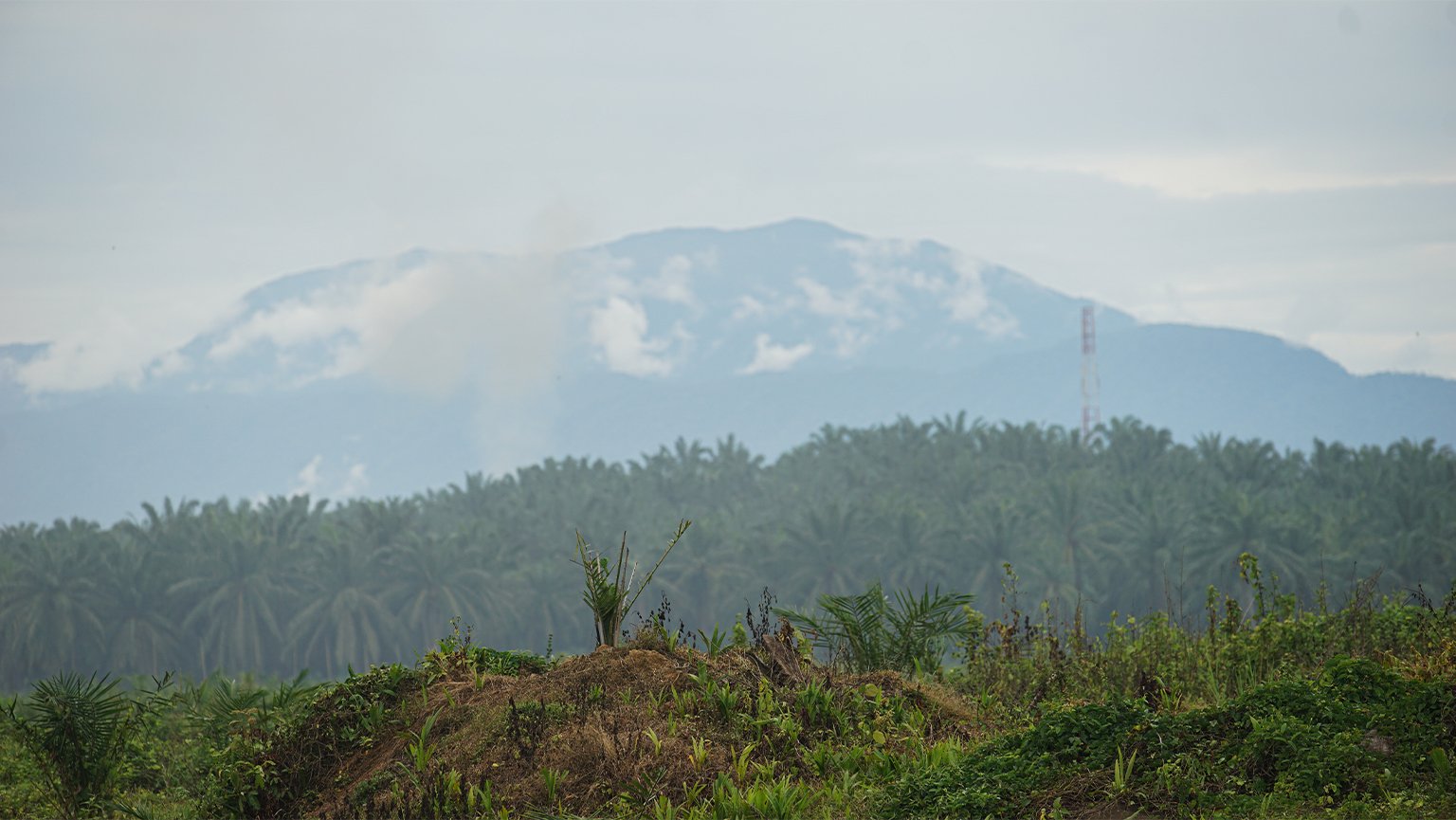
Volunteer elephant patrollers
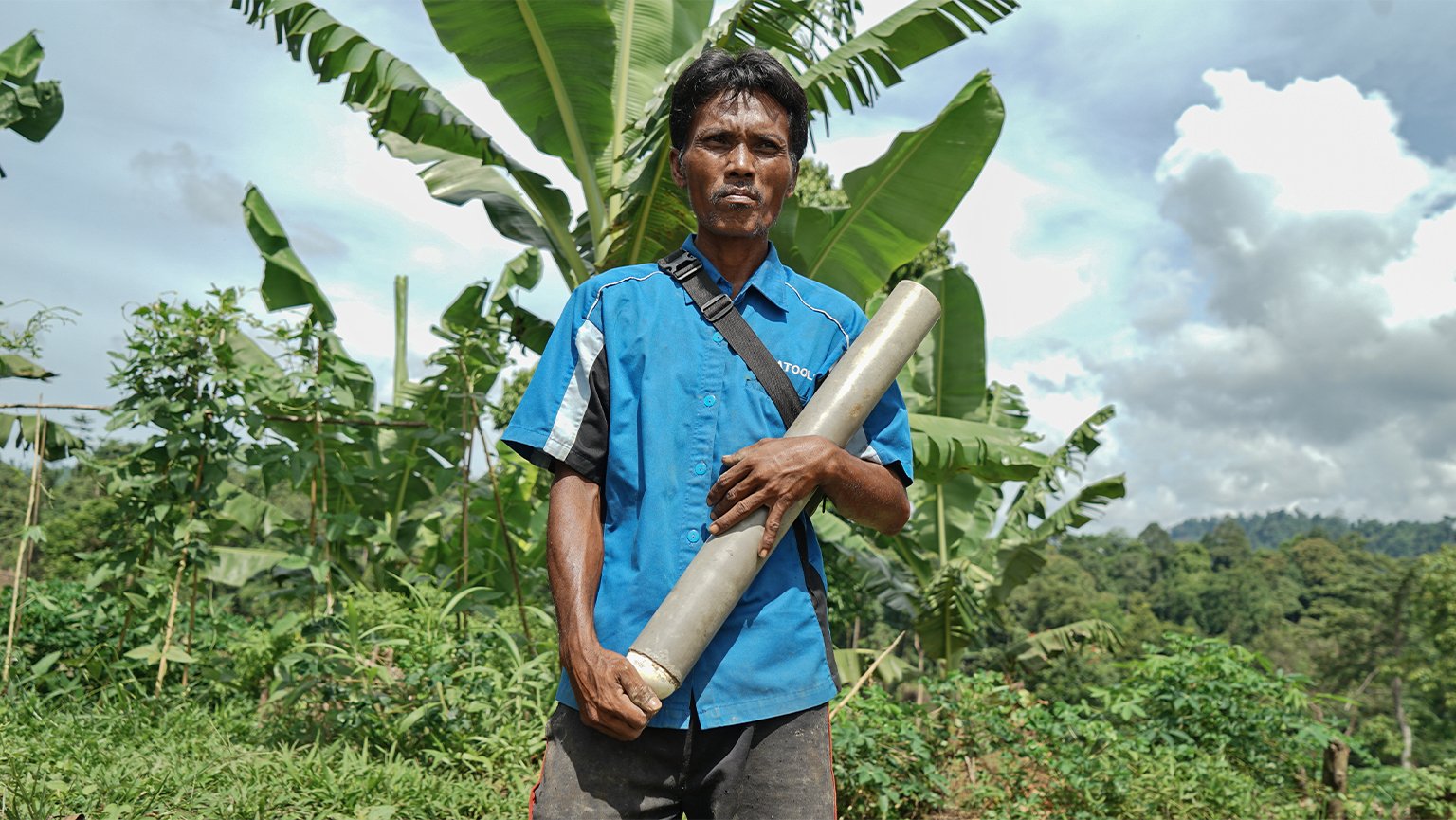
Junaidi heads the volunteer elephant patrol team in Cot Girek. Protecting farmers’ livelihoods motivated him to join. “Unlike government officials who receive a monthly salary, we [farmers] can only rely on our crops for money,” he said. He added he hopes for the government to intervene and help the farmers who have to deal with human-wildlife conflicts.
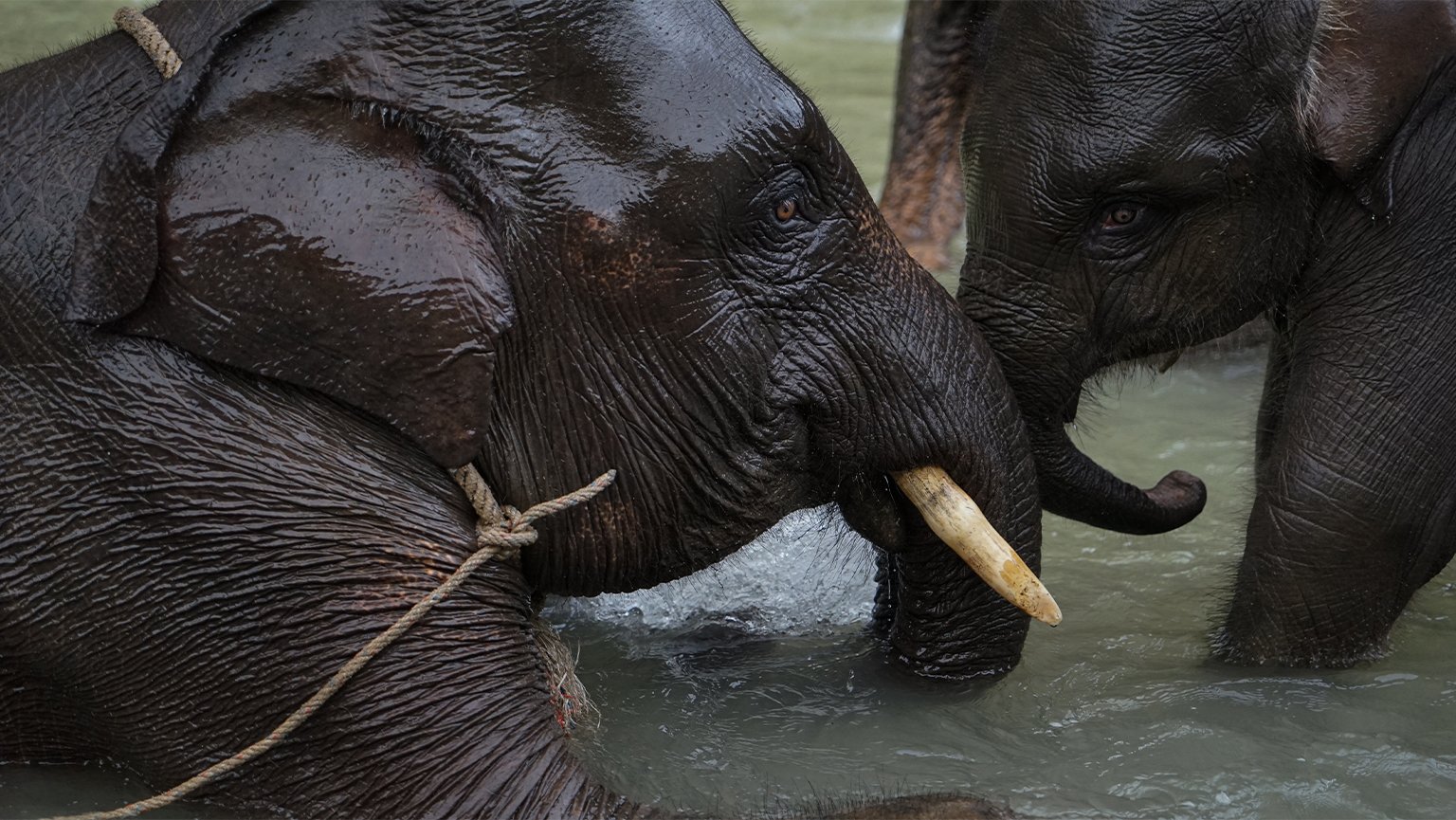
Junaidi said he’s encountered elephants from a very young age. “Elephants are human too — they have strong feelings,” he said. “In 2017, I remember seeing an elephant that fell into a canal and one of its mates immediately helped it. They help each other just like humans.”
Elephants typically roam the village at 3 in the morning, ravaging the huts and crops for food. “We use cannons and clanking noises to chase them away while saying �?surut, surut, surut, tuk!’ [return, return, return, grandpa!] — that’s what we call them, datuk [grandfather], as a sign of respect.”
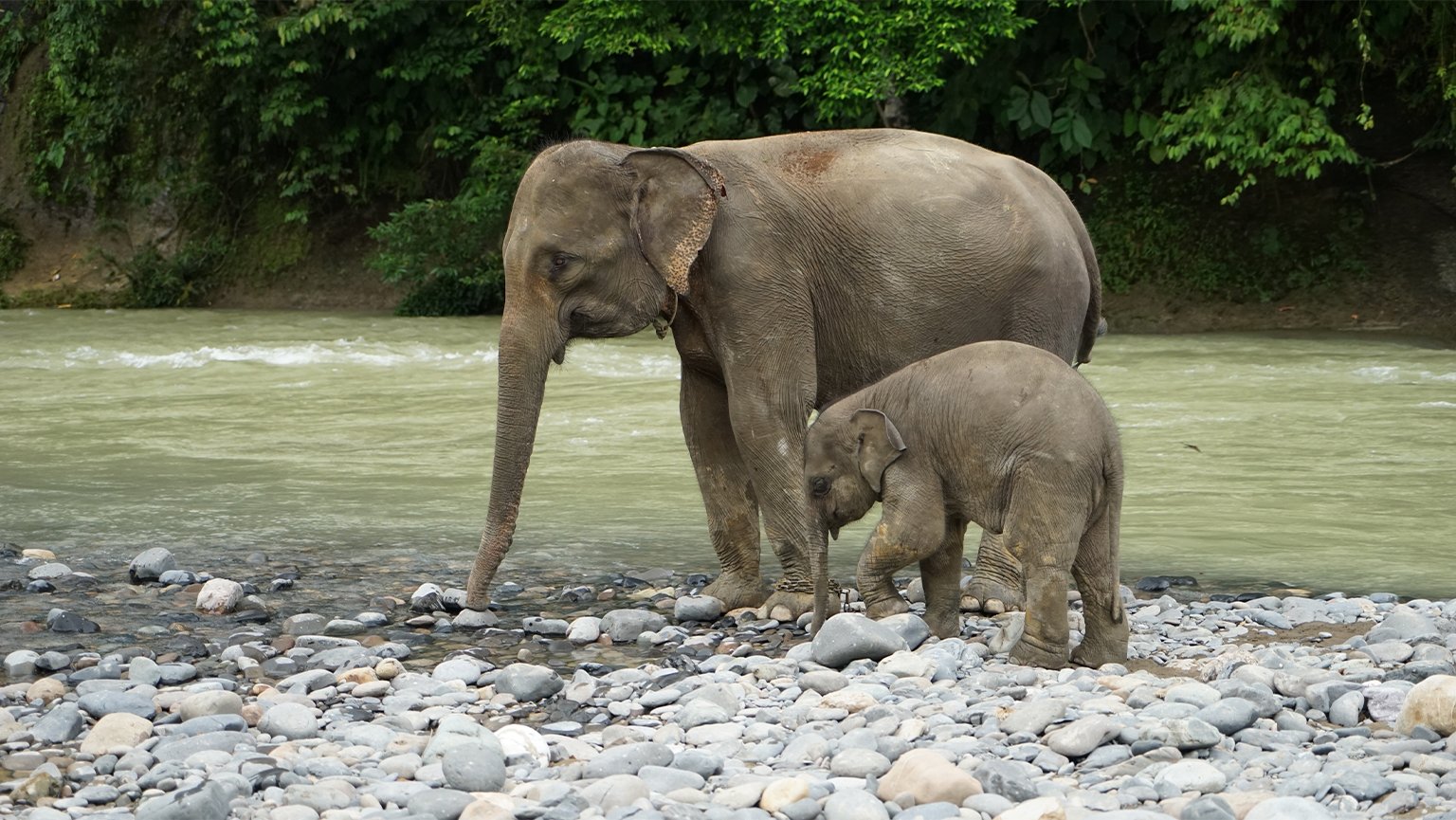
Kelompok Meurah
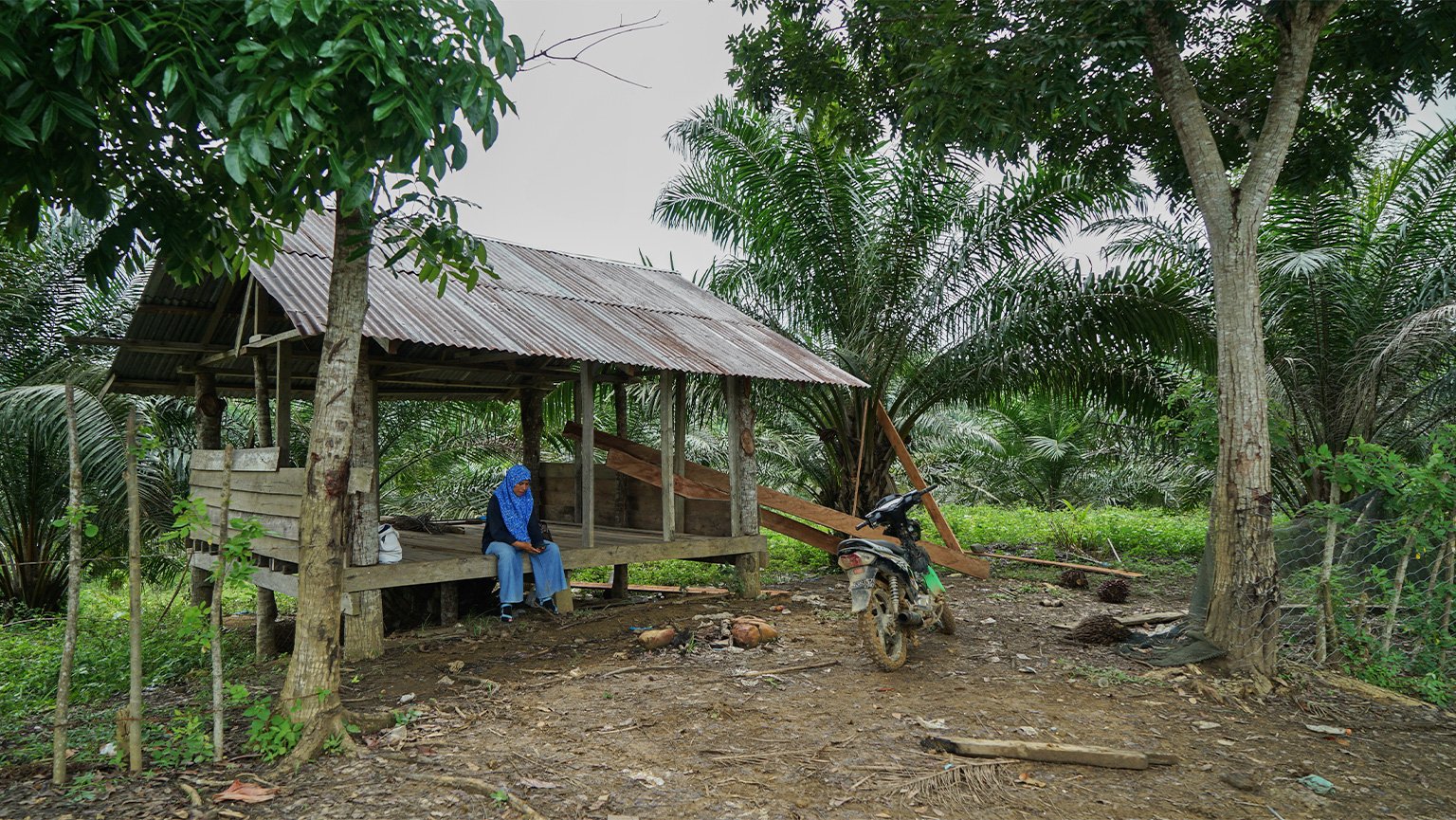
Husna, an activist from SAHARA (Yayasan Suara Hati Rakyat, a local environmental NGO whose name translates into “the People’s Conscience Foundation”), is fighting the local culture of patriarchy through her activism in Cot Girek. “Communities of women who live in secluded places that lack access [to education and information] such as Cot Girek are happy to discuss women’s rights,” she said.
With the coordination of SAHARA, Husna formed Kelompok Meurah, a community of women in Alue Buloh. The community is trained to grow a variety of crops such as rosella (Hibiscus sabdariffa), used to make a floral infusion, and improve their livelihoods and local economy with the use of non-timber forest products.
“The groups of women here are very focused on improving the local economy,” Husna said. “However, they lack acknowledgement when it comes to policymaking in the village.”
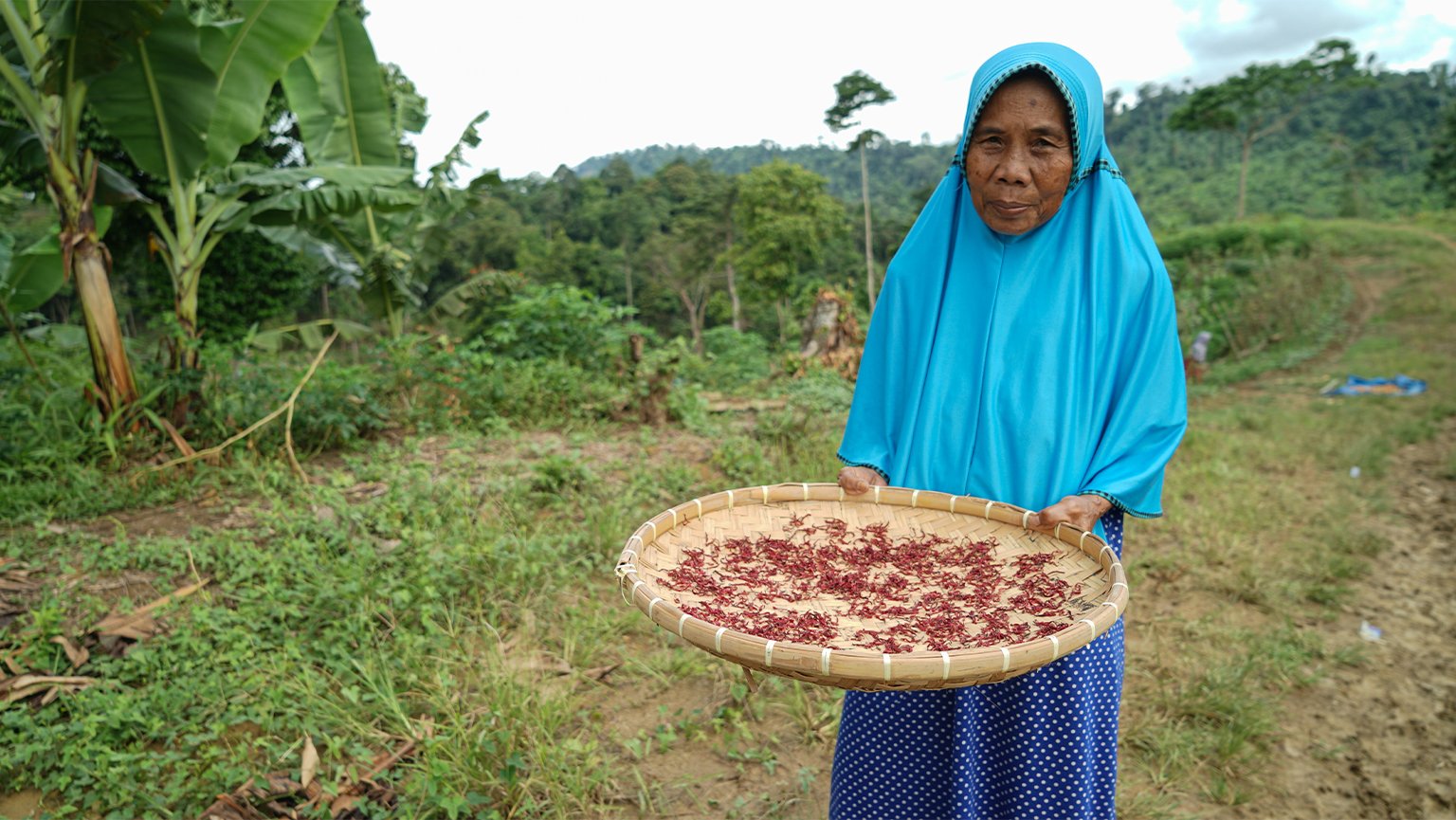
Kelompok Meurah is led by Junaidi’s 61-year-old mother, Yasmin. She said she’s tried many ways to repel the elephants from invading their houses and crops. She recalled a time when Junaidi was young and a male elephant stood before him; she asked Junaidi to recite the adzan, the Muslim call to prayer. “I said, �?Try and recite the adzan, Di. Maybe he would listen to us and love us.’ He recited it three times until the elephant moved back.”
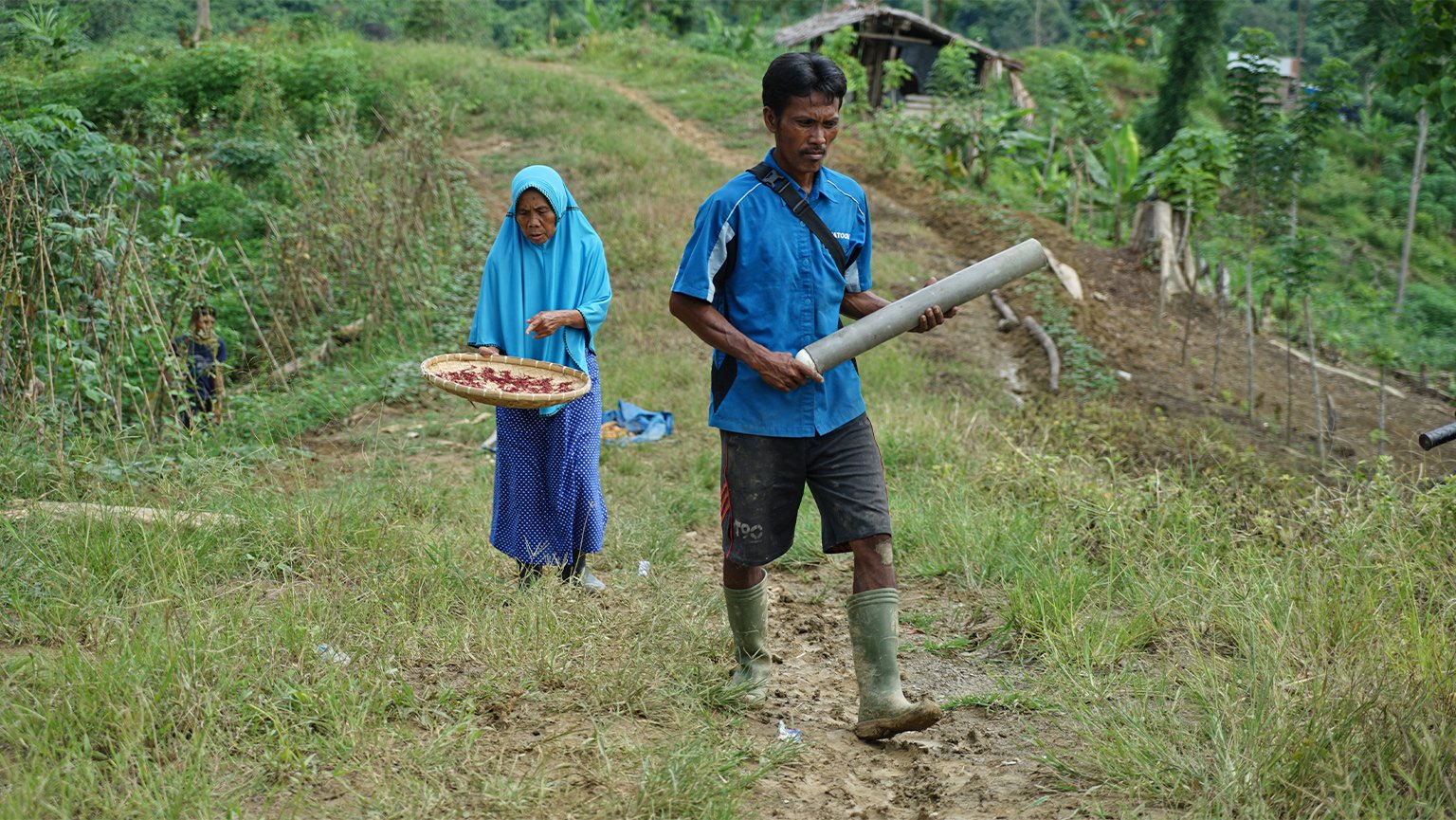
The role of women is crucial in protecting the village during elephant invasions. While the men are away looking for and herding the elephants back into the jungle, the women wait at home with torches and cannons.
“When I lived in Lubuk Tilam, a neighboring hamlet in Cot Girek, I had to carry young Junaidi on my back while holding two torches in each hand to chase away the elephants,” Yasmin said. “There were no men, we were all women protecting ourselves and herding the elephants back to the jungle.”
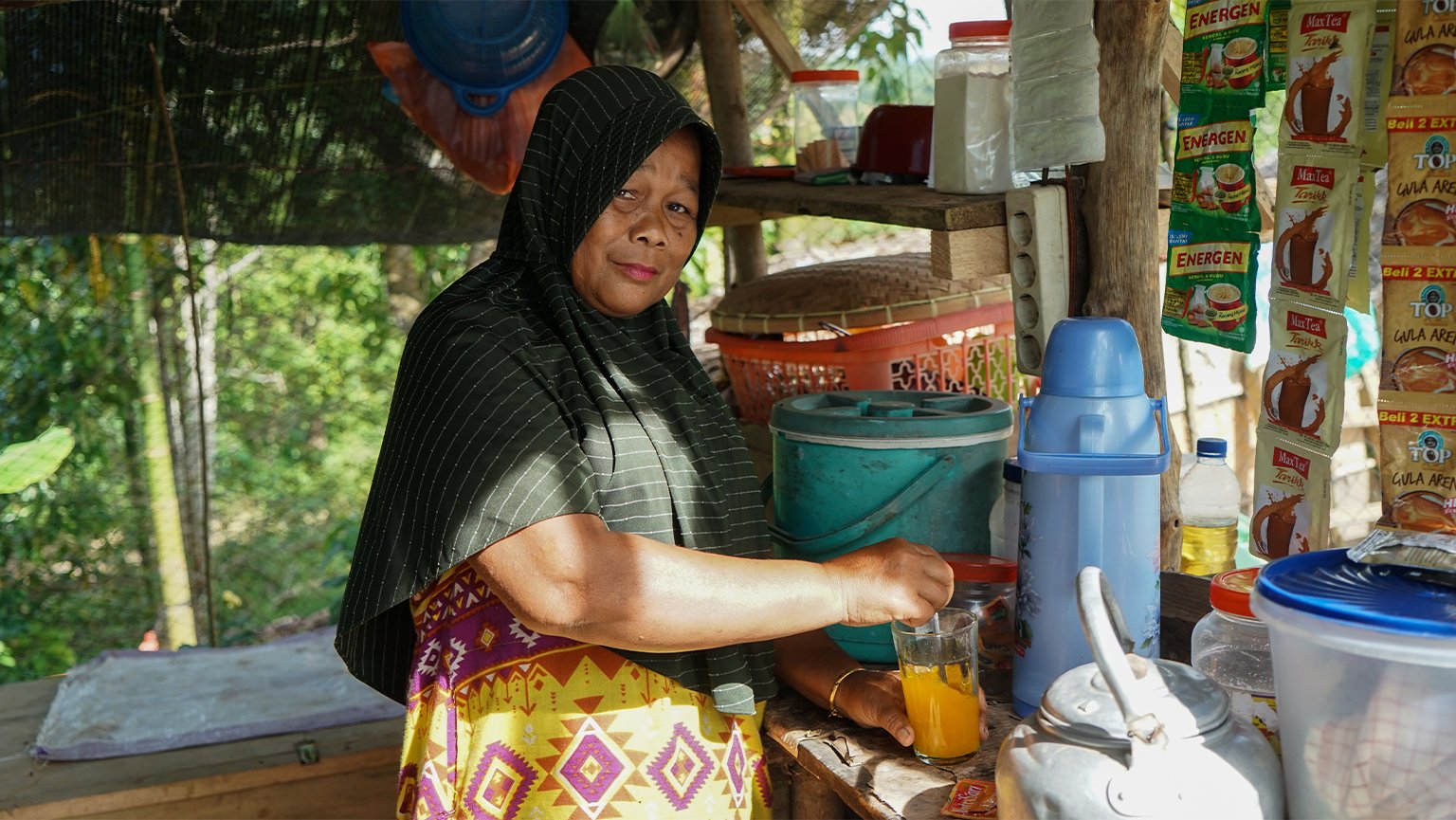
Ummu Salamah, 50, a Kelompok Meurah member and the only female community member of the government’s Conservation Response Unit (CRU), said she and her team are always ready to deal with elephants entering the village. They walk around the village toward the elephants to herd them back out to the jungle.
“We [the women] can’t just sit around in the house — we have to go out and help our friends herding the elephants,” Salamah said. According to Salamah, the team usually stands its ground to watch over the crops so the elephants can’t enter the farms. They’re also ready to leave immediately to assist any family whose house is invaded by the elephants.
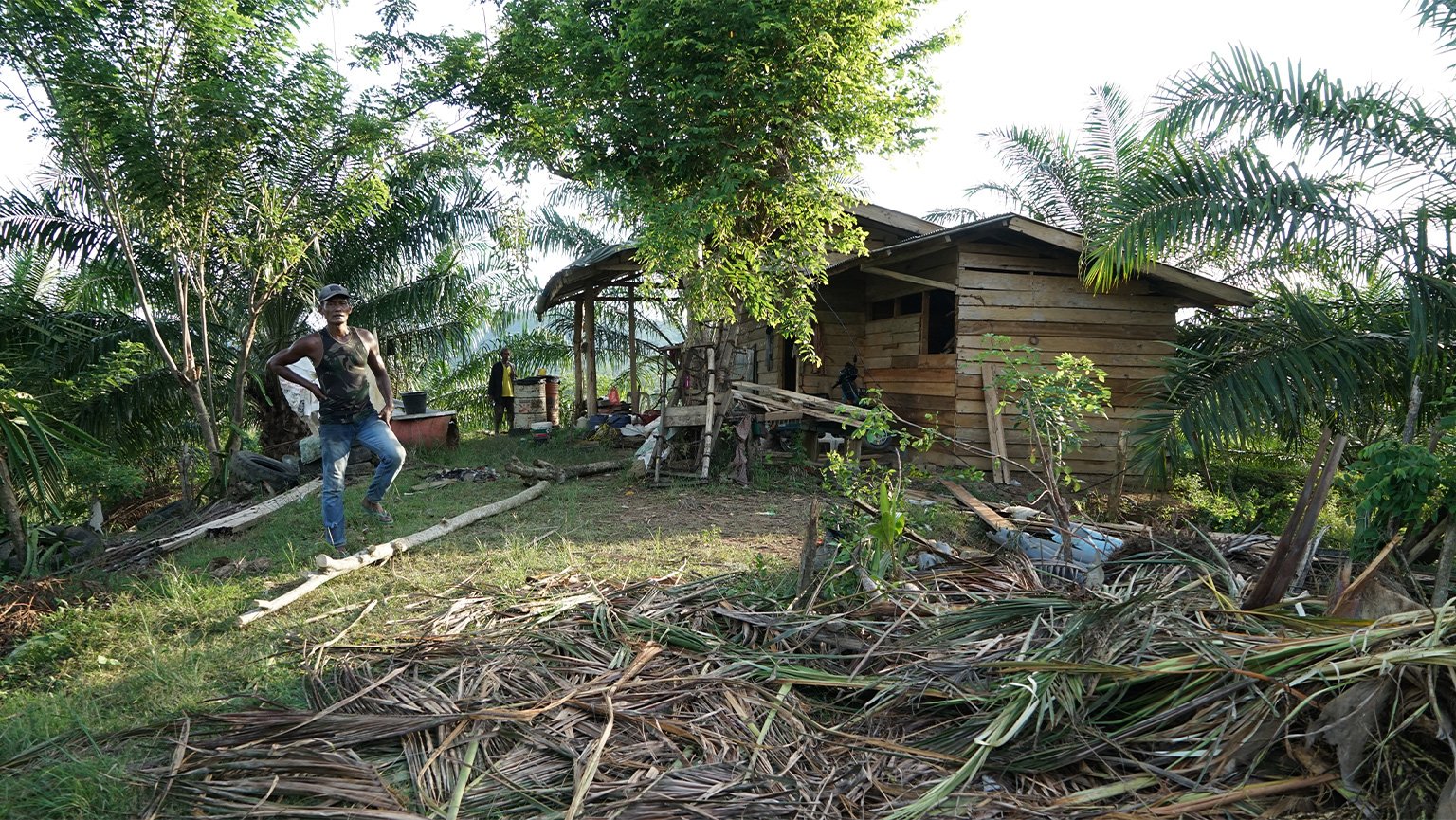
“The recent case in Alue Buloh was when someone’s house was completely destroyed by an elephant. The elephant entered the house and rummaged in the fridge while the owners were away shopping for food in town,” she said.
A professional team
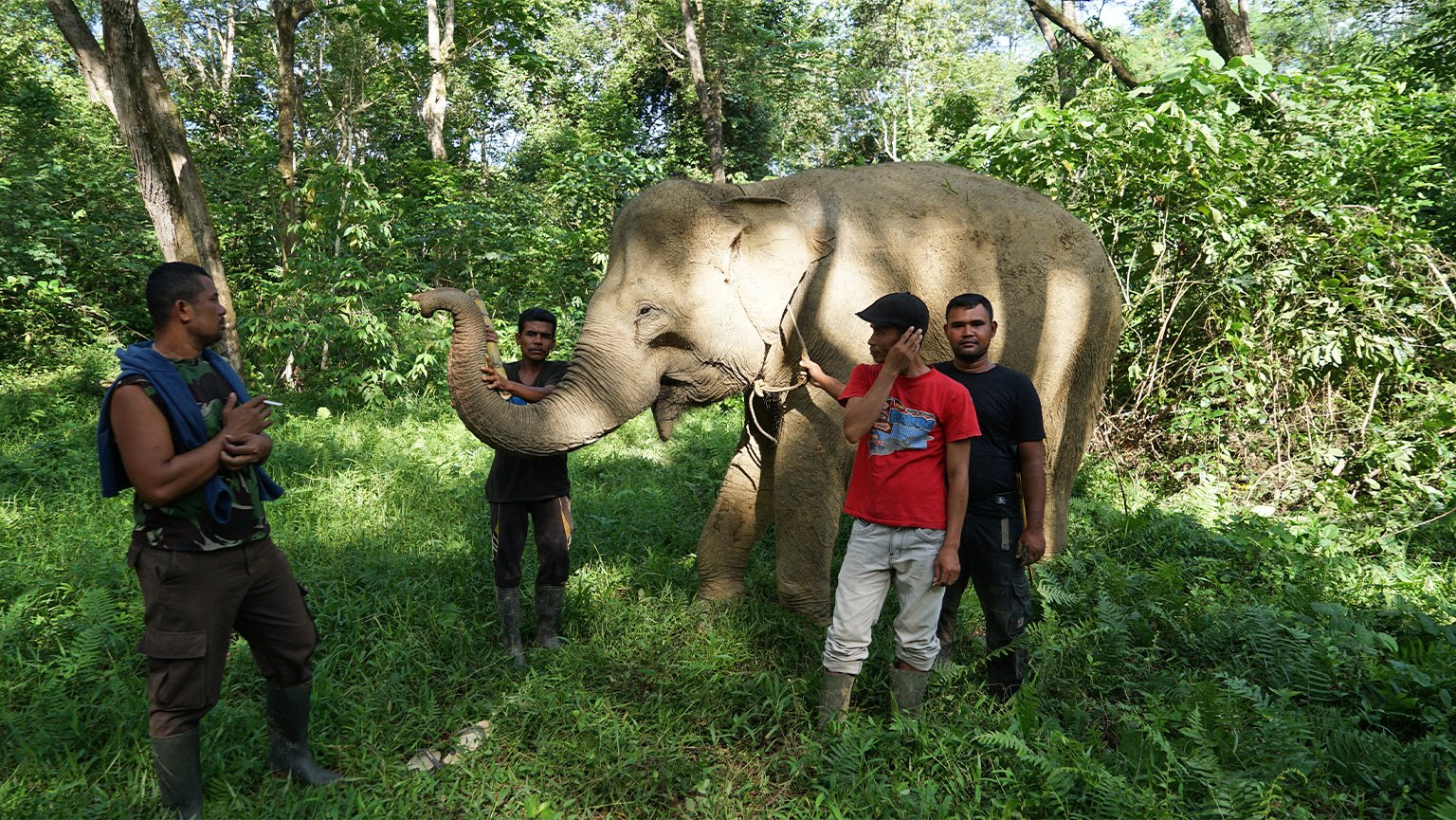
Iwan, a professional mahout from the Conservation Response Unit, grew up in Saree, Aceh Besar district, and was relocated to work with the CRU in Cot Girek since 2020. He said it’s their duty as mahouts to groom, feed, and care for captive elephants. The government has formed 13 CRUs across Aceh province with trained elephants such as Marni to assist them in herding wild elephants back to the jungle.
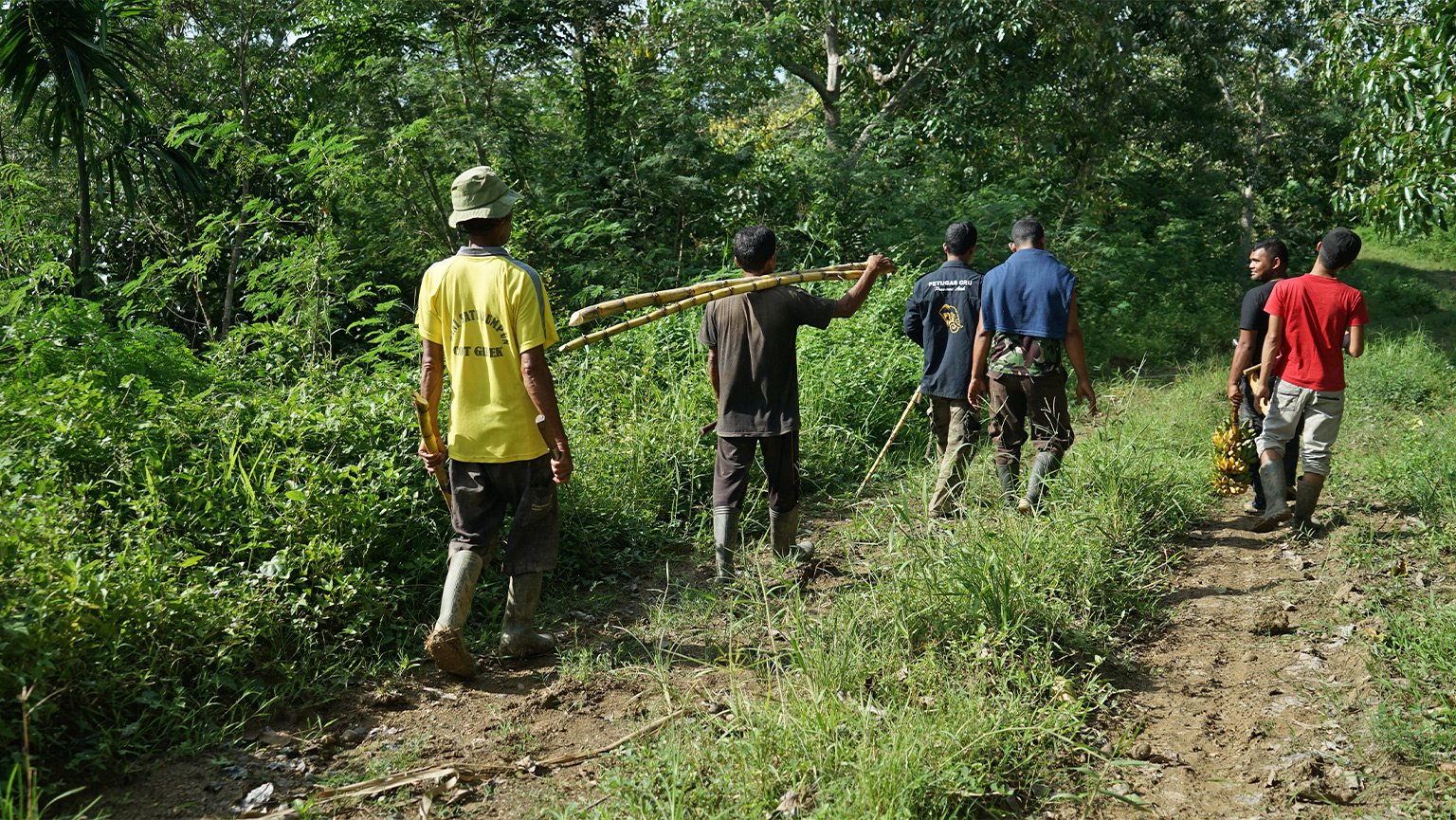
Just like other captive elephants under the CRU’s care, Marni knows whenever wild elephants are on their way to the village. She raises her trunk to alert the residents of Cot Girek that the wild elephants are coming.
The mahouts and the volunteer elephant patrol team work together with the captive elephants to deal with the wild elephants and herd them back into the jungle. “Elephants are intelligent; our elephants would follow us when we walk and come over when we call them,” Iwan said. “They are loyal.”
Banner image: Yasmin trails her son Junaidi on their farm. Image by Fieni Aprilia for Mongabay.











